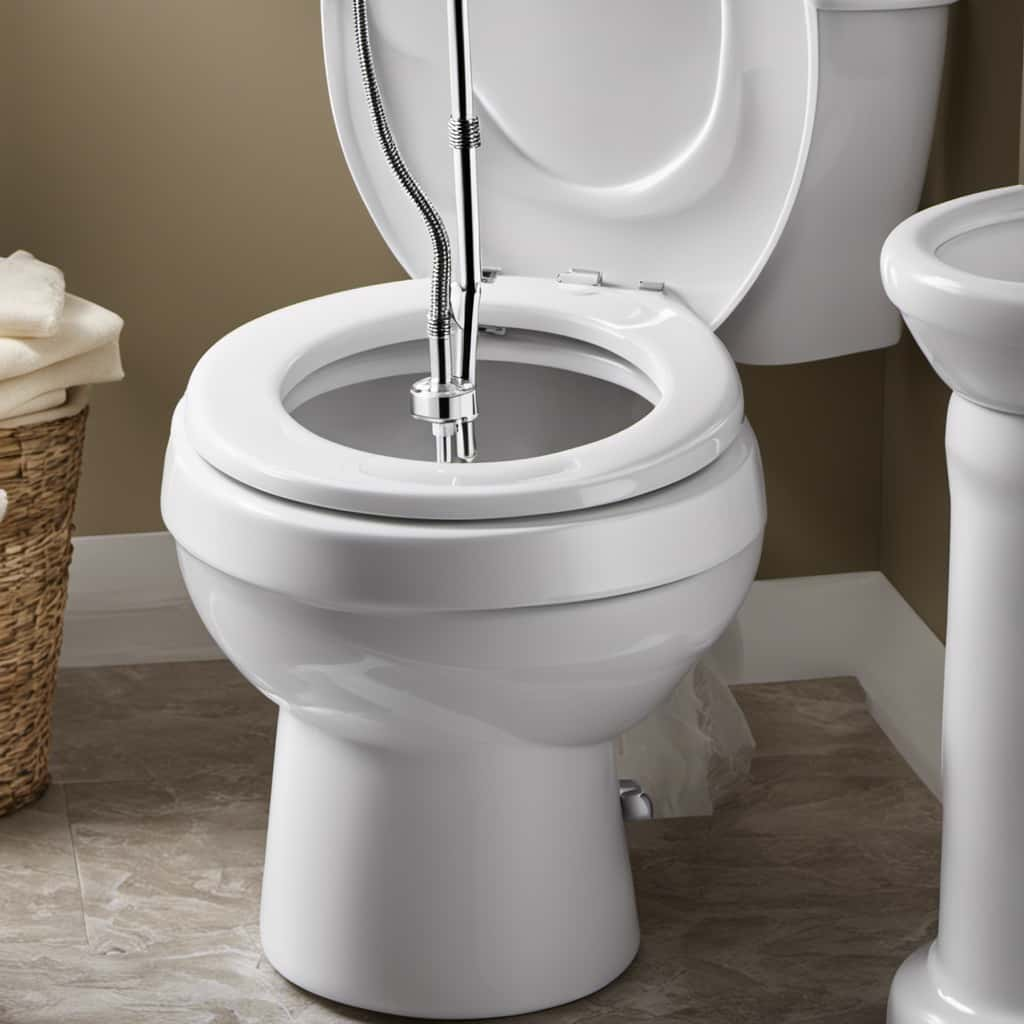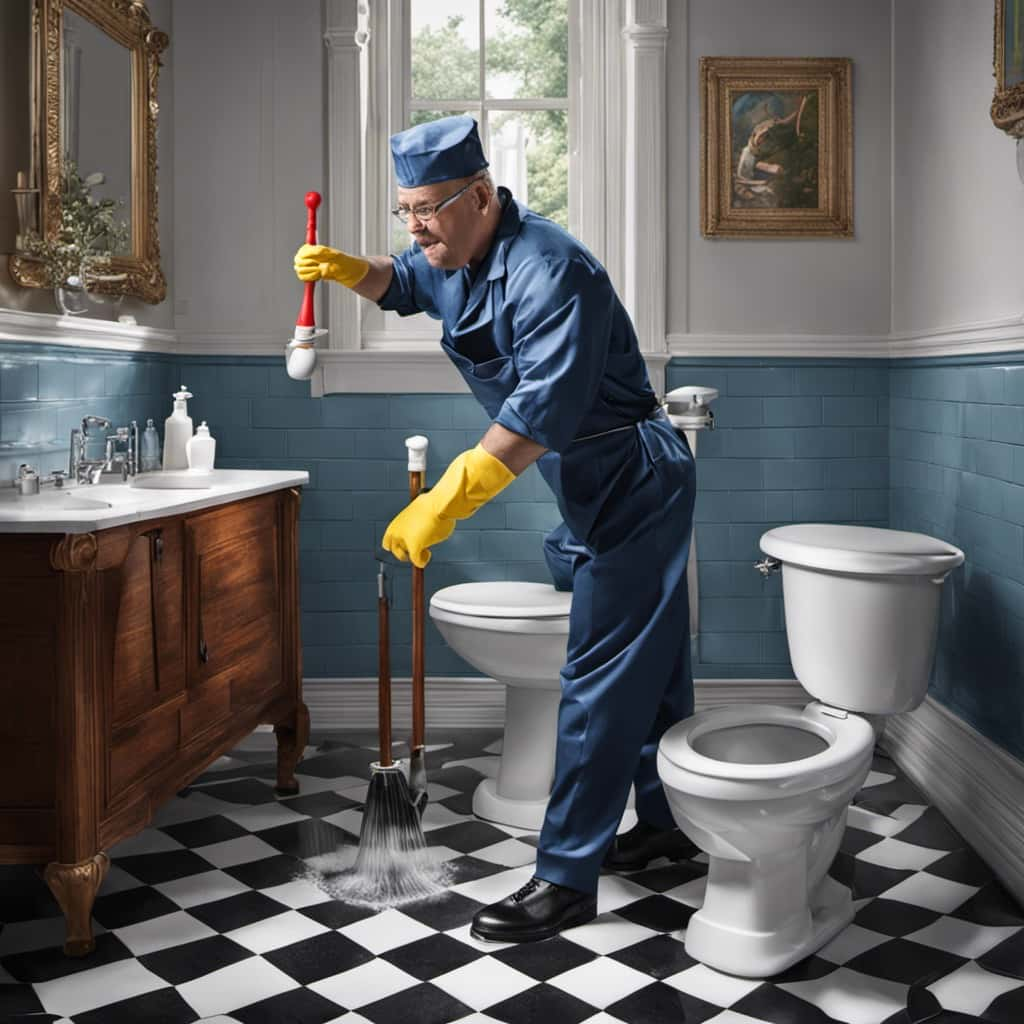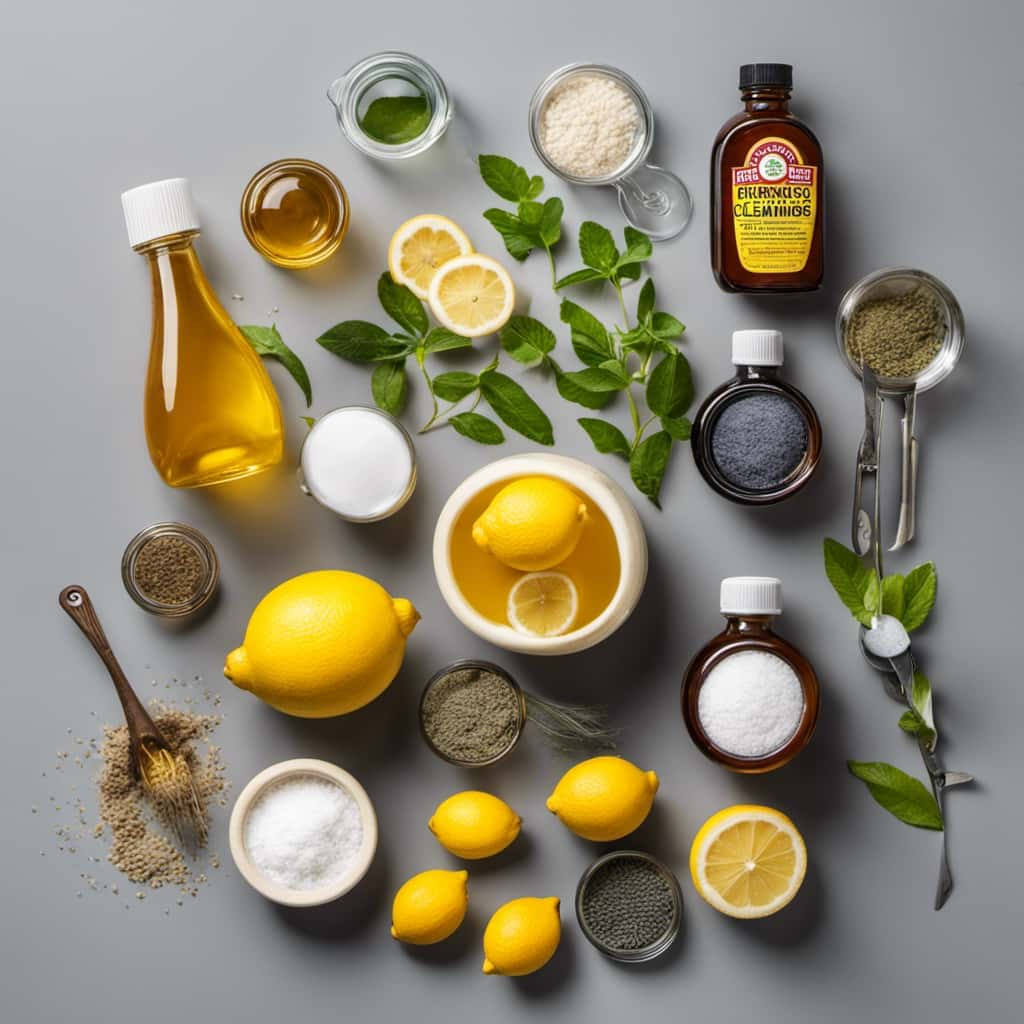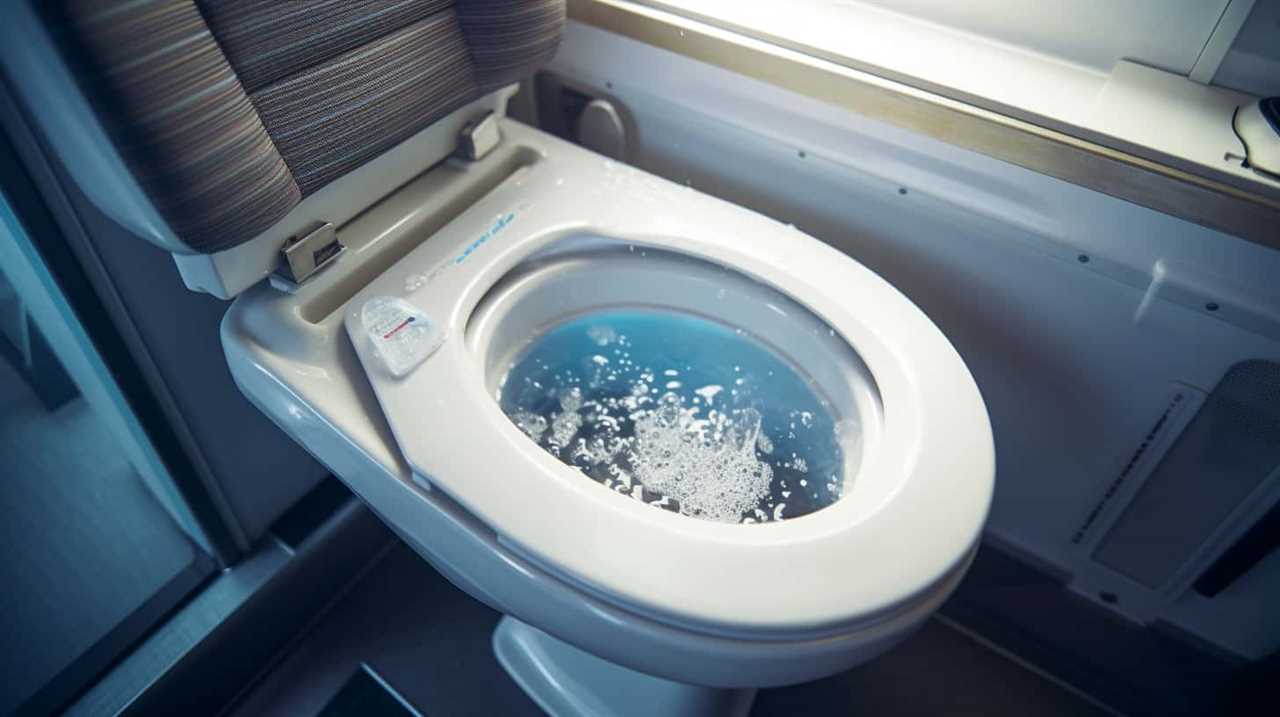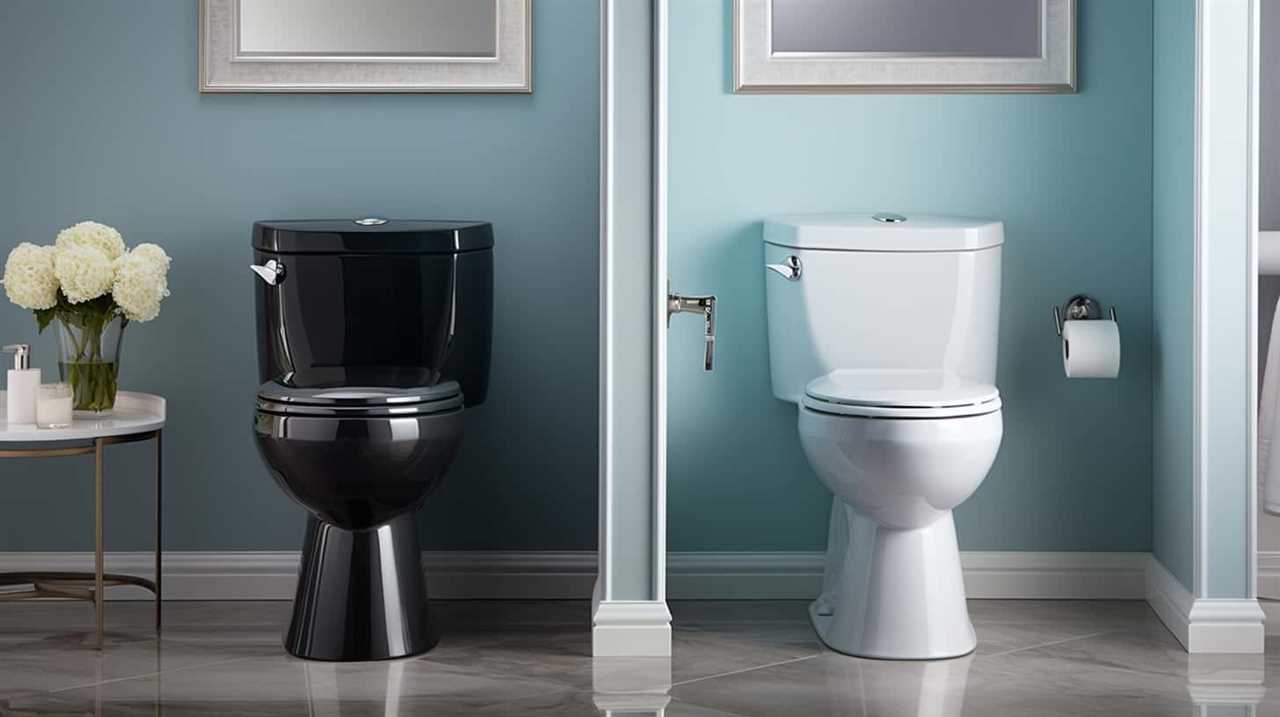Did you know that over 1.5 million objects are accidentally flushed down toilets each year?
When this happens, it can lead to potential blockages in the plumbing system, resulting in damage to your toilet and pipes. Not only that, but there is also a risk of water damage to your home.
In this article, we will explore professional solutions for retrieving flushed items and discuss preventive measures to avoid accidental flushing.
Get ready to master the art of toilet maintenance!
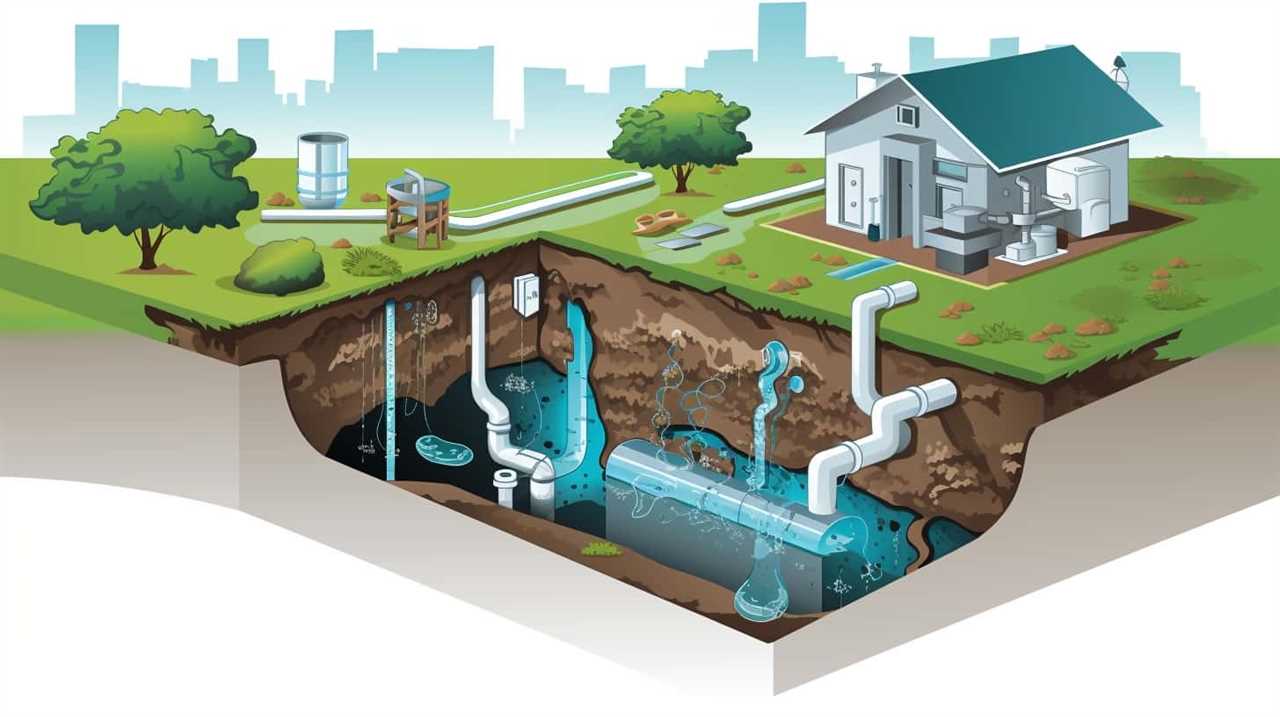
Key Takeaways
- Flushing common household items can cause blockages in the plumbing system, leading to clogs and backups.
- Blockages and foreign objects can damage the toilet bowl and pipes, resulting in cracks, leaks, and bursts.
- Water damage is a common consequence of flushing objects and can be costly to repair.
- Professional plumbers use specialized tools to retrieve flushed items, but caution should be exercised with DIY solutions to avoid further damage.
Potential Blockages in the Plumbing System
Potential blockages in the plumbing system can cause significant issues if items are accidentally flushed down the toilet. It’s important to be aware of common household items that can cause blockages, such as toilet paper, feminine hygiene products, wipes, and even small toys. These items can easily get stuck in the pipes, leading to clogs and backups.
If a blockage occurs in the plumbing system, there are several steps you can take to address the issue. First, try using a plunger to dislodge the blockage. If that doesn’t work, you can try using a plumbing snake or auger to break up the clog. In more severe cases, it may be necessary to call a professional plumber to assess and resolve the problem.
Damage to the Toilet and Pipes
If items are accidentally flushed down the toilet and cause blockages in the plumbing system, it can result in damage to both the toilet and pipes.
When foreign objects get stuck in the pipes, they can cause clogs and backups, leading to increased pressure within the system. This increased pressure can strain the toilet bowl, causing cracks or leaks. Additionally, the force exerted by the blocked pipes can lead to pipe damage, such as cracks or bursts.
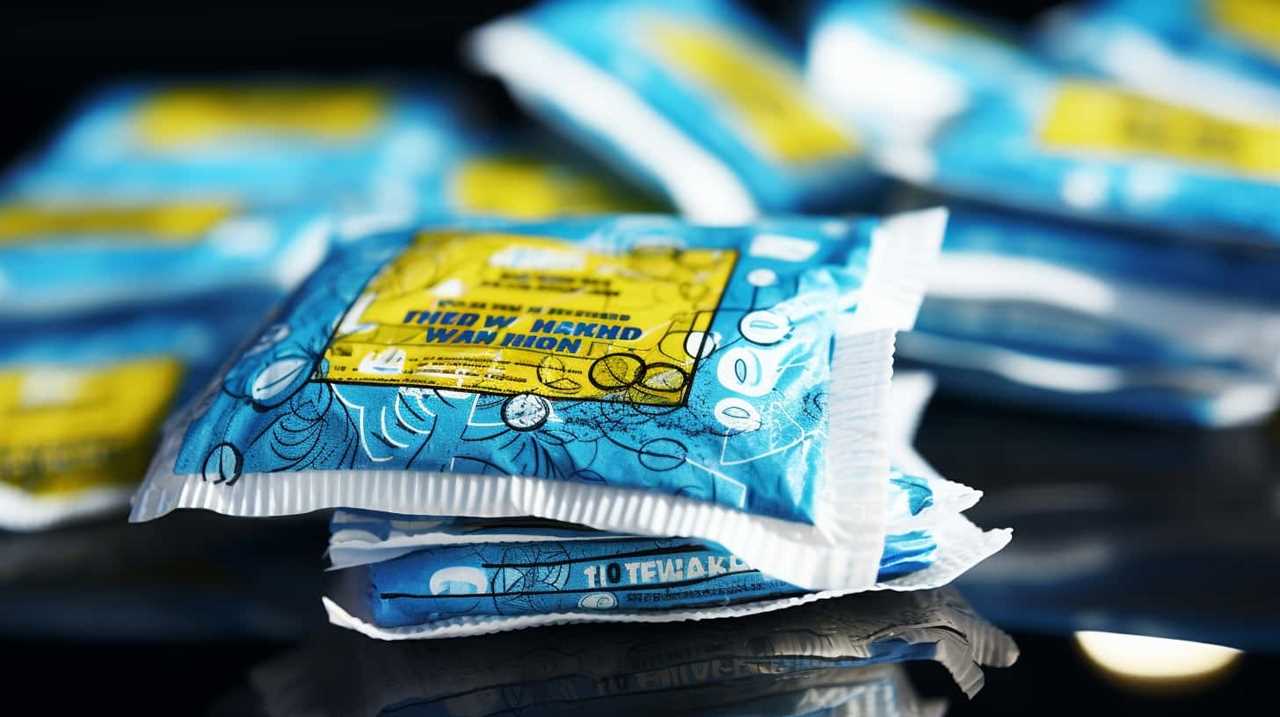
Repairing a damaged toilet often involves replacing broken components or even installing a new toilet altogether. Similarly, plumbing repairs may require replacing damaged pipes, which can be a complex and costly process.
Therefore, it’s essential to be cautious and avoid flushing anything other than toilet paper and waste to prevent toilet and pipe damage.
Risk of Water Damage to Your Home
Water damage to your home is a frequent consequence when items get flushed down the toilet and cause blockages in the plumbing system. This can lead to costly repairs and potential health hazards if not addressed promptly.
Here are three important points to consider regarding the risk of water damage:
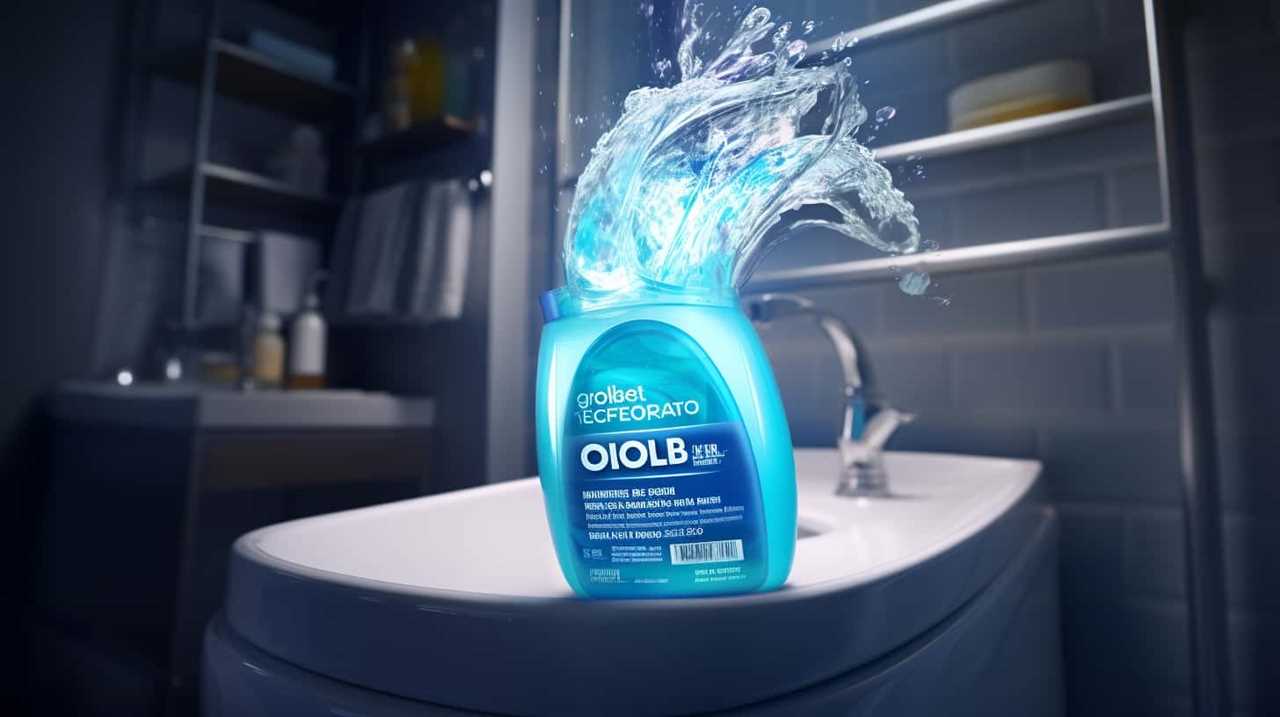
- Insurance Coverage: Check your homeowner’s insurance policy to understand what types of water damage are covered. Some policies may exclude damage caused by flushing objects down the toilet, while others may cover it under certain circumstances. It’s crucial to know your coverage to avoid unexpected expenses.
- Emergency Plumber: In the event of a toilet blockage and potential water damage, it’s essential to have the contact information of a reliable emergency plumber. They can quickly assess the situation, unclog the toilet, and minimize further damage. Being prepared with a trusted plumber’s contact details can save you time and prevent more extensive water damage.
- Prompt Action: As soon as you notice a blockage or water damage from a flushed item, take immediate action. Turn off the water supply to the toilet and contact an emergency plumber. The longer you wait, the greater the risk of additional water damage, mold growth, and structural issues.
Professional Solutions for Retrieving Flushed Items
To retrieve flushed items, professional plumbers utilize specialized tools and techniques. These experts have a range of retrieval techniques at their disposal, ensuring an efficient and effective solution to the problem. Let’s take a look at some of the retrieval techniques commonly used by professionals:
| Technique | Description |
|---|---|
| Plumbing snakes | These flexible tools are inserted into the toilet drain to dislodge and retrieve the flushed item. |
| Vacuum extraction | Plumbers use powerful vacuums to create suction and extract the item from the toilet trap. |
| Camera inspection | By inserting a small camera into the drain, plumbers can locate the item and retrieve it safely. |
While these professional solutions are highly effective, there are also some DIY solutions worth considering before calling a plumber. These include using a plunger to dislodge the item, making a homemade drain snake using a wire coat hanger, or using a wet-dry vacuum to suction out the item. However, it’s important to exercise caution and avoid pushing the item further into the plumbing system.
In order to prevent accidental flushing in the first place, it is crucial to take preventive measures. Let’s explore some of these measures in the next section.
Preventive Measures to Avoid Accidental Flushing
To prevent accidental flushing, we can implement simple measures to ensure the safety of our plumbing system. Here are three preventive measures that can help us avoid toilet clogs and maintain our plumbing system effectively:
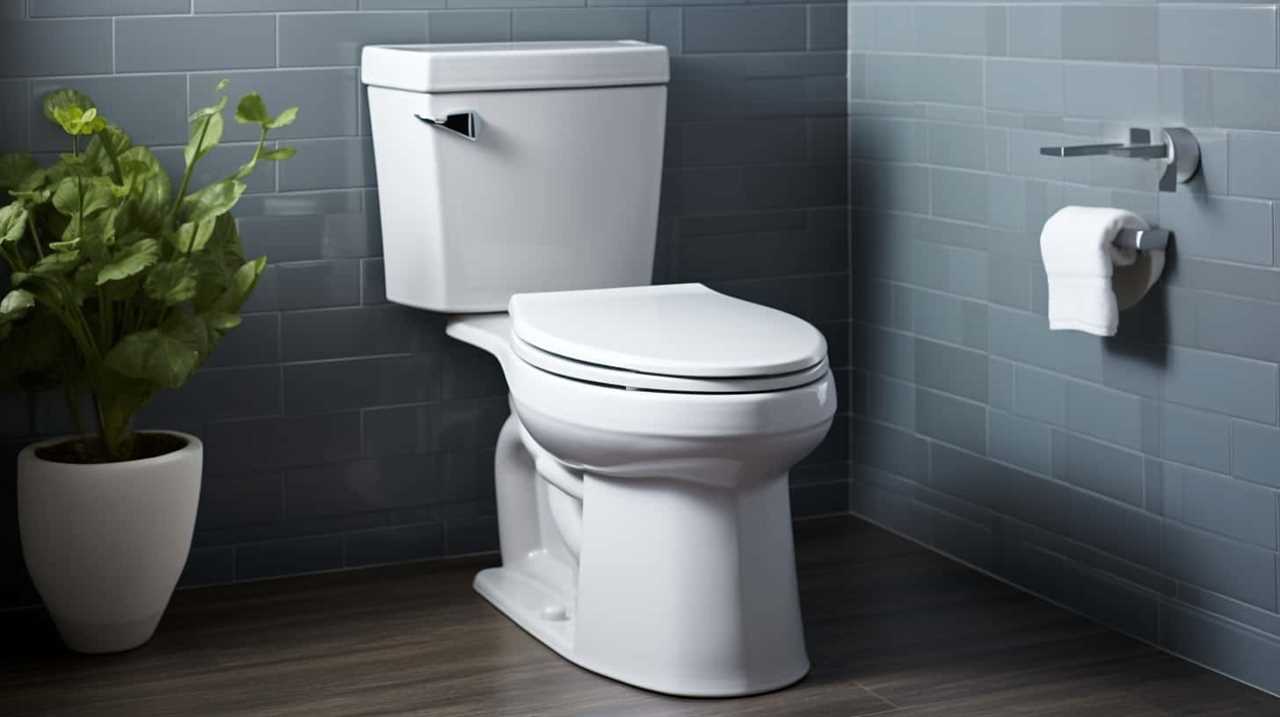
- Proper Waste Disposal: Dispose of waste materials, such as sanitary products, diapers, wipes, or paper towels, in designated waste bins rather than flushing them down the toilet. This will prevent potential clogs and blockages in the plumbing system.
- Educate Household Members: Ensure that everyone in the household is aware of what can and can’t be flushed down the toilet. Educate them about the potential consequences of flushing inappropriate items, such as toys or excessive toilet paper, to maintain the proper functioning of the plumbing system.
- Regular Plumbing Maintenance: Schedule regular plumbing maintenance to detect and address any potential issues before they turn into major problems. This includes inspecting and cleaning the pipes, checking for leaks, and ensuring the toilet’s flushing mechanism is working correctly.
Frequently Asked Questions
Can I Retrieve the Flushed Item Myself Without Professional Help?
We can retrieve flushed items ourselves without professional help through DIY solutions. It’s important to act quickly to prevent further damage. This answer provides technical, informative, and detailed guidance for mastering the retrieval process.
What Should I Do if the Flushed Item Causes a Blockage in the Plumbing System?
To prevent items from getting flushed, we must be mindful of what we dispose of. If a blockage occurs due to a flushed item, it’s crucial to unclog the toilet promptly. Follow these steps for successful unclogging.
Can Flushing Non-Flushable Items Cause Damage to the Sewage System Outside My Home?
Flushing non-flushable items can have potential consequences and cause damage to the sewage system outside our homes. This can result in blockages, backups, and costly repairs. Additionally, it has a negative environmental impact.
How Can I Tell if There Is Water Damage in My Home Caused by a Flushed Item?
To prevent water damage caused by a flushed item, it’s important to act quickly. Turn off the water supply, assess the extent of the damage, and call a professional for cleanup and repairs.
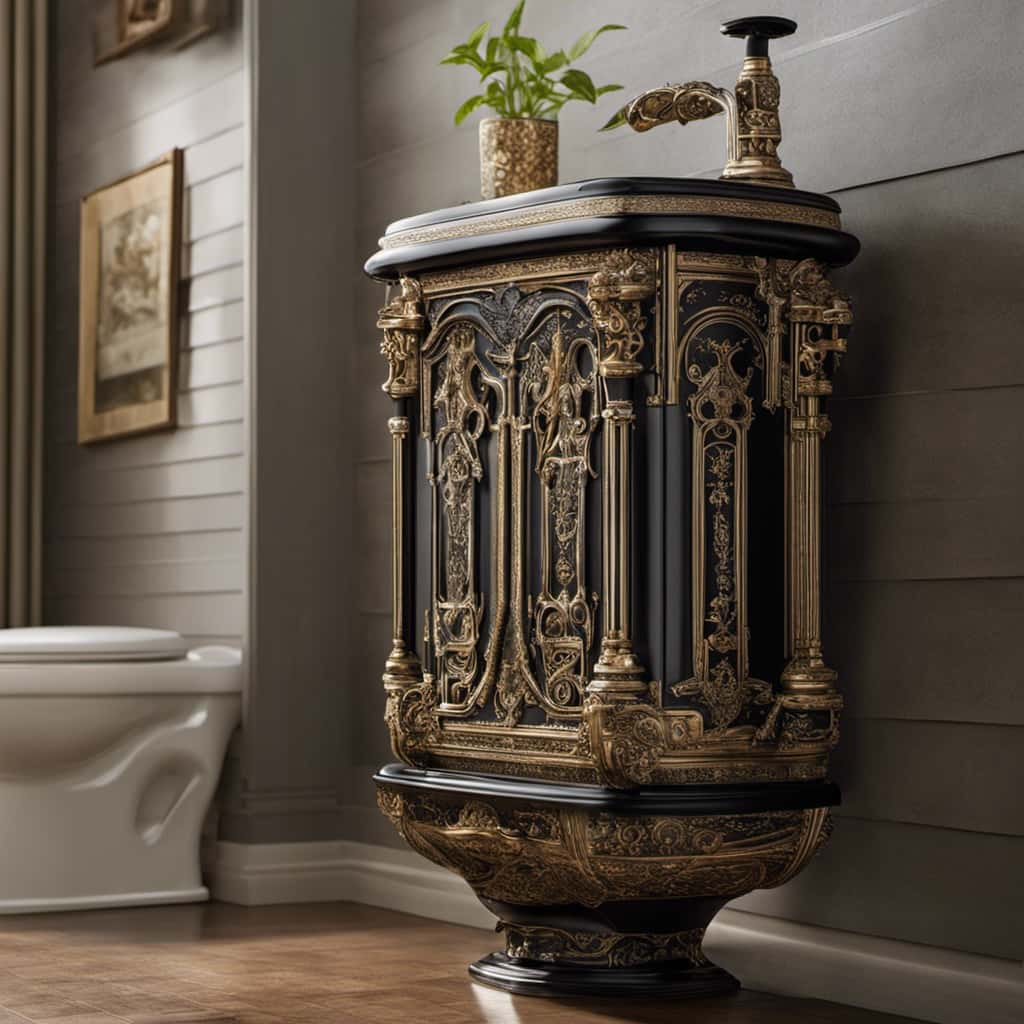
Are There Any Health Risks Associated With Accidentally Flushing Certain Items Down the Toilet?
Accidentally flushing certain items down the toilet can pose potential health risks. It is crucial to be aware of proper disposal methods to prevent clogs, damage, and contamination.
Conclusion
In conclusion, accidentally flushing something down the toilet can lead to potential blockages in the plumbing system, damage to the toilet and pipes, and the risk of water damage to your home.
It’s important to seek professional solutions for retrieving flushed items and to take preventive measures to avoid accidental flushing.
Remember, one small mistake can cause a world of trouble, so it’s crucial to be mindful of what goes down the toilet.
